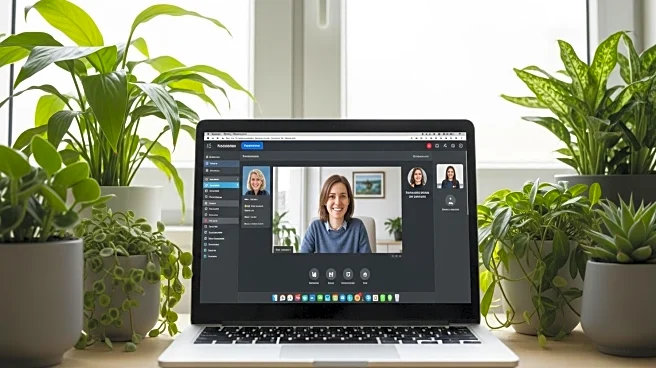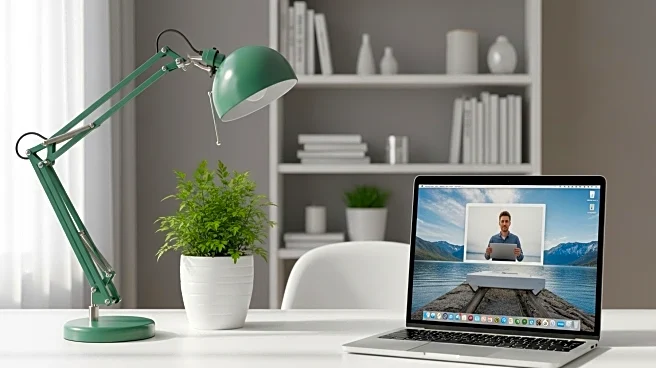What's Happening?
A recent column explores the challenges faced by a couple dealing with a long-distance marriage due to the husband's job requirements. The husband, who was hired during a telework-friendly period, now
needs to be in the office three days a week, located 2.5 hours away from their home. This situation has raised concerns about the potential impact on their marriage, particularly given the husband's preference for quality time and physical presence over phone communication. Readers of the column have shared their advice, emphasizing the importance of trust, communication, and adaptability in maintaining a strong relationship despite physical distance.
Why It's Important?
The situation highlights a common issue faced by many couples in the modern workforce, where job demands can lead to physical separation. The advice shared by readers underscores the significance of trust and communication in overcoming the challenges of long-distance relationships. This is particularly relevant in the context of post-pandemic work arrangements, where remote work and hybrid models have become more prevalent. The ability to adapt to new circumstances and maintain emotional connections despite physical distance is crucial for sustaining relationships in such scenarios.
What's Next?
Couples facing similar situations may need to explore various strategies to maintain their relationship, such as setting up regular communication routines and finding ways to stay emotionally connected. Discussions about potential relocation or job changes could also be necessary if the current arrangement proves challenging. The couple in the column is advised to create backup plans to address any difficulties that may arise, ensuring they have options to fall back on if the long-distance arrangement becomes untenable.
Beyond the Headlines
The column also touches on broader themes of trust and adaptability in relationships, suggesting that physical distance can reveal underlying issues rather than create them. It encourages couples to focus on the quality of their interactions and to find creative ways to stay connected, such as through technology or shared activities. This perspective can help couples navigate not only long-distance challenges but also other relationship hurdles that require flexibility and open communication.











